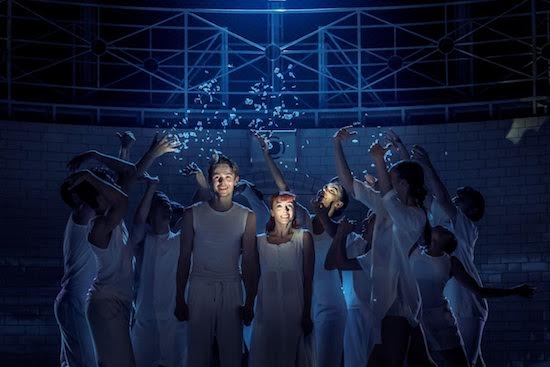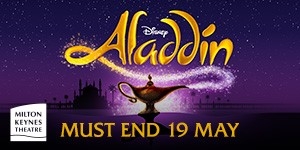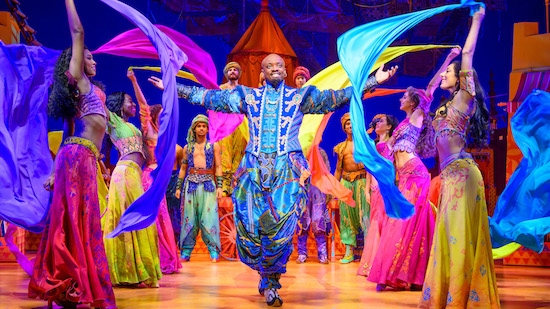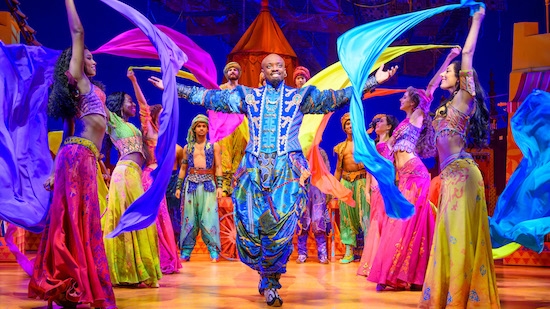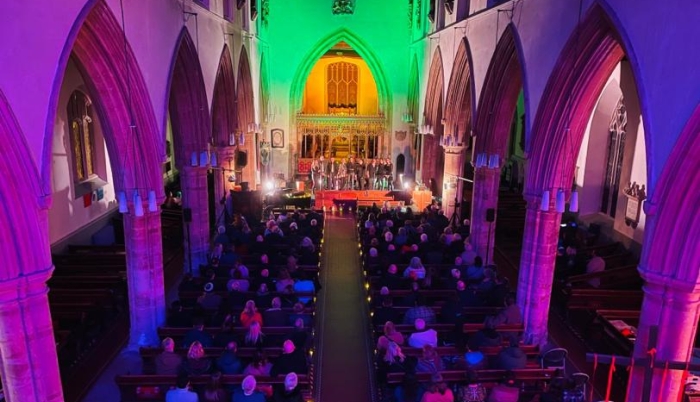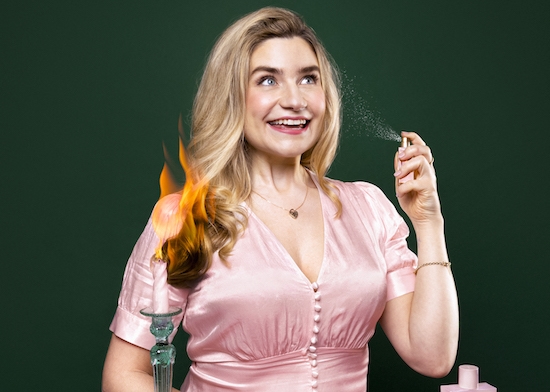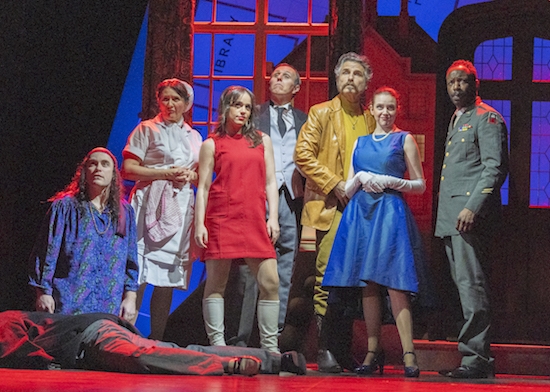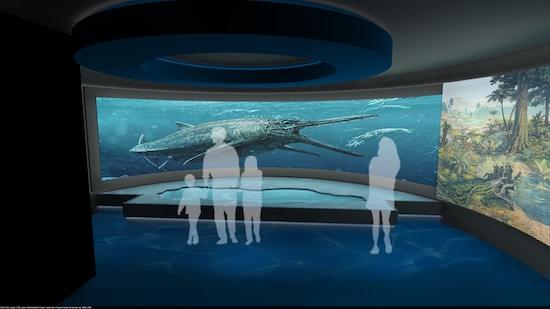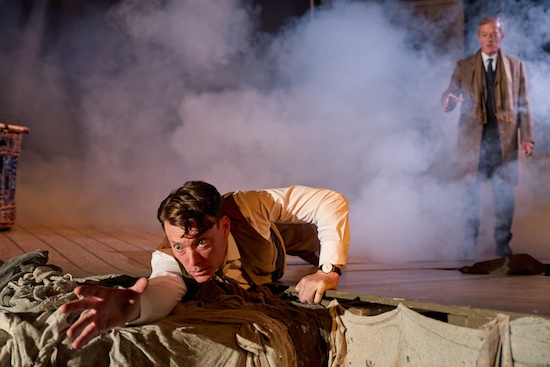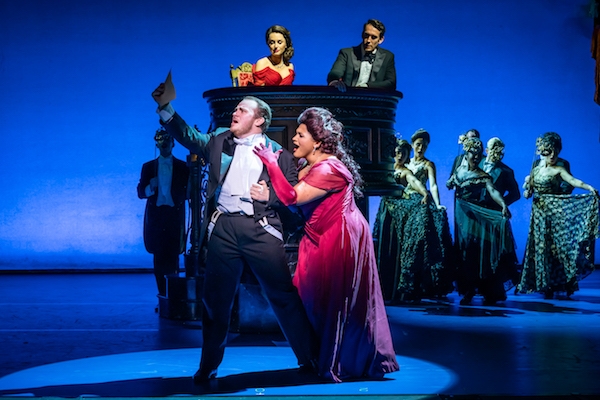REVIEW: Matthew Bourne’s ‘Romeo and Juliet’ – Milton Keynes Theatre, September 2023
Matthew Bourne’s Romeo and Juliet is an absorbing dance–theatre production that articulately explores both the ferocity of love and the fragility of the mind, writes Georgina Butler.
Devised in 2019 as a project to nurture and showcase emerging dancers and creatives, this striking interpretation of Shakespeare’s tragic romance is now being toured nationwide by Bourne’s New Adventures company. Clearly influenced and inspired by the young people who helped bring it to life, the show is charged with a raw, youthful energy and bursting with relevant themes.
Sir Bourne never shies away from radically reimagining scenarios. Here, he incarcerates his star-crossed lovers as inmates at the Verona Institute. This coldly clinical setting is some sort of correctional facility where the movements of adolescents are restricted. It could be a mental health unit, but it is left intentionally vague so that we make up our own (whirring and wowed) minds. The programme notes simply specify that the action takes place in the not-too-distant future, over a period of about three weeks.
This ambiguity lends itself incredibly well to the process of self-discovery and the crazed impulsivity of first love. The familiar feuding families format is replaced with generational conflict centred around the control imposed over non-conforming, cast-out juveniles (this includes sexual abuse and homophobic bullying). And there are no hard-to-swallow notions of potions (swallowing only occurs when the quirky youngsters gulp down their meds under the watchful gaze of a nurse and psychiatrist).
The title characters fall madly in love. Feelings are supressed and expressed. Violence erupts and lives are lost. The story told is recognisable as Romeo and Juliet – just rejigged in insightful and inventive ways for maximum impact as a gripping, unpredictable dance–drama.
Lez Brotherston’s set is a colossal off-white structure that incorporates brick walls, barred windows, wide doorways and steep staircases. The steps lead to a mezzanine; this functions as an entry point and viewing platform for the guards who patrol the institute, as well as a balcony for the besotted couple to traverse. The clever inclusion of both open and obstructed passages serves to represent the desire for escape and the desperation of entrapment. There are also strategically located ledges for hands and feet, which enable the residents to literally climb the walls.
The troubled (or are they just misunderstood?) young people confined to this institution wear plain white uniforms and populate spaces designated for ‘boys’ and ‘girls’. They march mechanically. Set out and sit astride chairs for group therapy. Propel themselves through regimented daily activities in response to ringing alarms and whistles blown by the aggressive staff who monitor their behaviour. Nonetheless, despite their participation in this well-drilled regime, there is an undertone of resistance. They clench their fists. Twitch. Shake. Stamp. A non-binary character delicately, yet repeatedly, disturbs the divisions that those in authority are attempting to enforce.
Follow Total MK on Facebook: here and twitter here for breaking news in Milton Keynes
Their restless bodies might indicate anxious minds and subversive behaviour that needs normalising. But maybe these young people have just been given up on. Abandoned in a place that drains them of hope and personality, while leaving them vulnerable to persecution. The arrival of Romeo (Paris Fitzpatrick is fidgety and free spirited as the naive youth) and his politician parents reinforces this idea.
His eccentricities embarrass them, so they quickly get him admitted. Almost as quickly as the inmates strip him of his civvies and dress him in the regulation white trousers, top and shoes.
Romeo meets Juliet (contemplative, expressive Cordelia Braithwaite) at a party supervised by the staff. This scene exudes school disco vibes as inmates stiffly mark through social dance steps solo, before one of the boys plucks up the courage to awkwardly ask one of the girls to dance. When the staff disperse, the youngsters are free to dance like no one is watching. Because, for a change, no one is.
The lovers lock lips for perhaps the longest, most intricately choreographed kiss to ever grace a stage. They do briefly come up for air, only to find themselves overcome with lust and longing once more. The group choreography is dynamic, while the more powerful and poignant content is danced by Romeo and Juliet. Tender moments see them pressing their foreheads together, as if in a meeting of minds. During more expansive sections, when the passion intensifies, their limbs entwine as they support each other through turns, balances, lifts and floorwork. They are equals in love. They feel free and at peace.
Naturally, once Romeo and Juliet have connected their union is the focus – even when they are apart.
They return to their respective dormitories and, in Grease ‘Summer Nights’ style, delight in telling their roomies about their experience of love at first sight and everything that came next. Later, when a series of harrowing incidents culminate with Romeo being placed in solitary confinement, Juliet isolates herself too and they unknowingly mirror each other’s haunted movements from afar.
The marriage of movement and music is satisfying beyond measure, as a newly arranged orchestration of Prokofiev’s familiar ballet score adds to the drama at every twist and turn. This is recorded music (presumably because the cost of touring with live musicians is increasingly prohibitive) but the atmosphere is electric.
Equally integral to the allure of this production is the use of lighting. The antiseptic brightness of the institute during the day. The shadowy corners of the characters’ minds. The torches the guards use as searchlights at night. The glitterball that juxtaposes a glimmer of joy against an otherwise gloomy existence. The lantern that leads Juliet to her Romeo. The warm rays of sunlight that illuminate a pair of blood-soaked bodies.
Matthew Bourne’s Romeo and Juliet triumphantly immerses an audience in intelligent and intense storytelling, embodied in emotive dance. It really would be madness to miss this.
Running time: Approximately 1 hour 50 minutes, including one interval.
Contains loud sound effects, including a gun shot, and has flashing lights in sections (not strobe). Includes scenes of a disturbing and sexual nature, including stabbing and strangulation.
Age guidance: 14+
Matthew Bourne's Romeo and Juliet continues at Milton Keynes Theatre until Saturday 9 September.
Georgina Butler is an editor, a dance writer and a ballet teacher. Click here and follow her on Twitter @GeorginaLButler and Instagram @glbdancewriter


